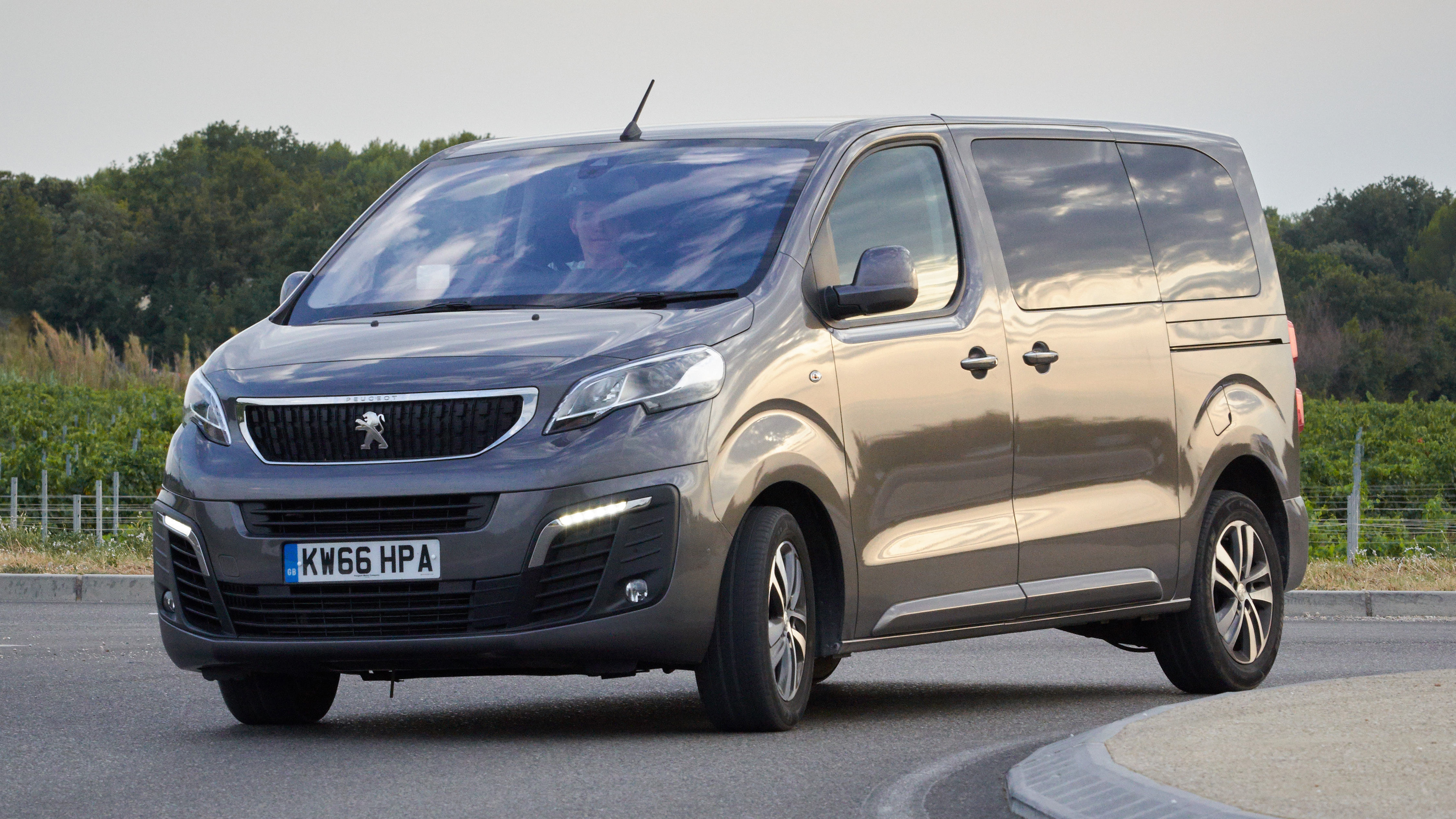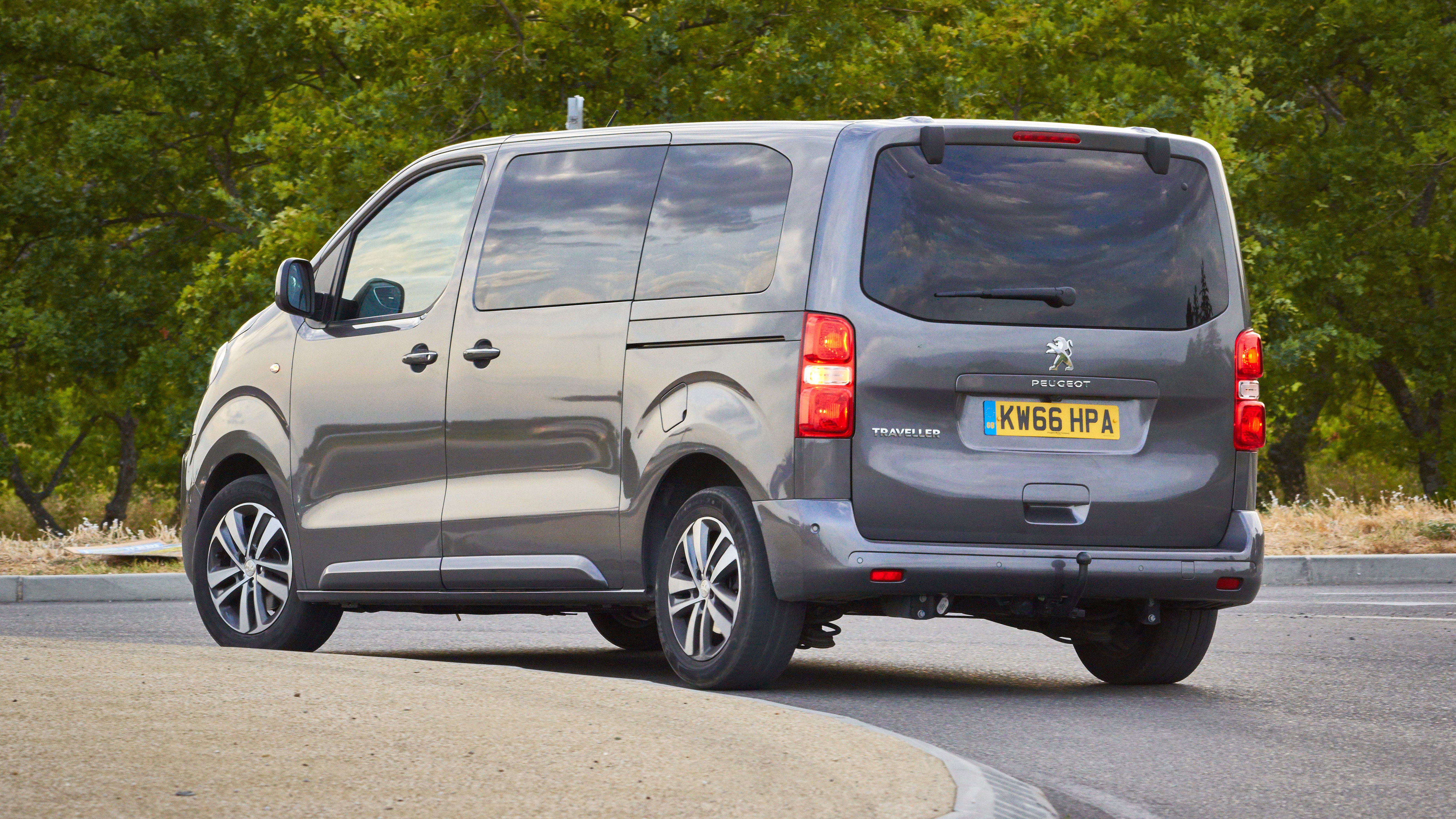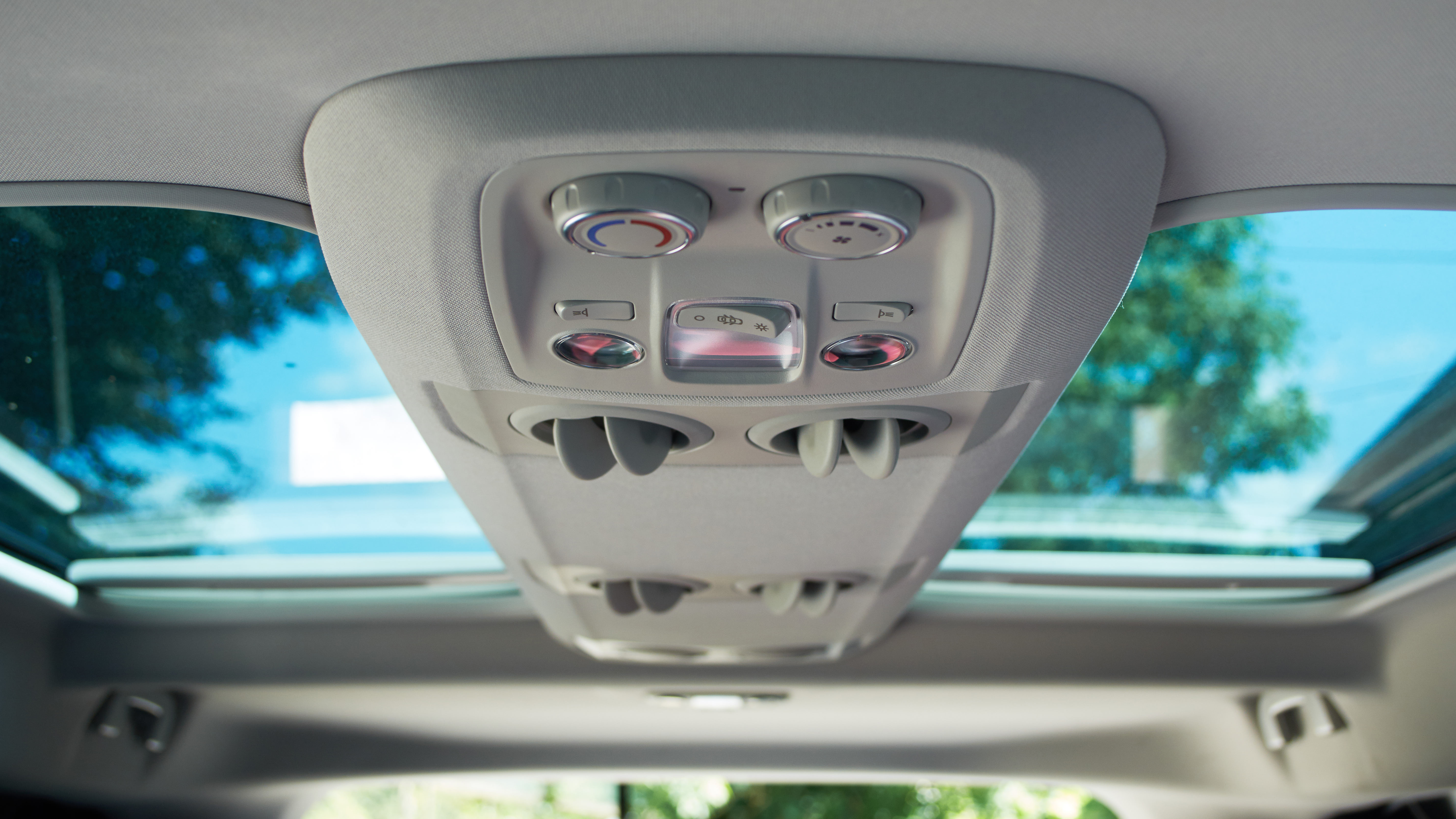
SPEC HIGHLIGHTS
- BHP
150bhp
- 0-62
10.3s
- CO2
144g/km
- Max Speed
114Mph
- Insurance
group22E
That's not pretty.
No, but it's pretty useful.
Go on.
It's an eight-seater. People-carriers and SUVs normally stop at seven. And you'd feel pretty useless if you drive off having left one of your intended passengers standing at the kerb.
But it's a van with windows…
It is, but not so crude as you might expect. Eight-seaters tend to fall into two sorts. The ones that really are vannish, with industrial cabins of hard walls and bare metal, and year-2000 equipment. Then there's the VW Caravelle and Mercedes V-Class that do at least have car-like trim and modern equipment, but cost a very stern £50k-ish each. This is £10k less, even in leather'n'nav trim.
So what exactly do we have here?
The Peugeot Traveller. (AKA Citroen SpaceTourer and Toyota ProAce Verso. They have different grilles and kit lists, but are essentially the same.) It's in Allure trim here, with the middle of its three available lengths. Size matters of course, and this one is below 5m long and, critically, under 2m high so it'll fit multi-storey car parks. It's handy and manoeuvrable, but it will still fit eight. In comfort.
Adults can fit in the third row – they'll have enough leg-room and width and their seats, like row two, individually recline.
Separate air-con is provided for the rear half with aimable vents, sunroofs, reading lights and electrical outlets. That goes to make the people in the back feel kindly treated.
Top Gear
Newsletter
Thank you for subscribing to our newsletter. Look out for your regular round-up of news, reviews and offers in your inbox.
Get all the latest news, reviews and exclusives, direct to your inbox.
The words 'executive shuttle' come to mind.
Sure, there are obvious commercial uses for this thing, but it does have family-and-friends relevance too. It's pretty flexible. The Allure has two front seats, three behind and three more in the tail.
Also, you've got to go a long way to find a vehicle that can take three Isofix child seats in one row, let alone two rows as this one can.
Rows two and three split-fold and both of them slide. That leaves good opportunity for making the boot bigger.
There's a boot?
Of a sort. Behind row three it's 603 litres, a very tall space, but cramped front-to-rear. Though you can expand it by sliding row three forward a bit. You do get a parcel shelf. Beware – because the boot is tall, everything has to be stacked upright and tends to topple out when you open the tailgate. A partial solution lies in the tailgate glass, which opens independently.
All the seats fold, but only by dropping the backrests, not tumbling too. So they're still an obstruction. You can actually take them right out, but that involves deploying major muscle groups. Or a crane. Then comes the issue of storing them outside the vehicle.
Top Gear tests usually don't put the boot before the driving. but it's going to feel like a van, surely. Looks like a van. A van with chrome grille, fancy headlights and a set of alloys. Lipstick on a pig.
Sure, it's a very van-like driving position: you sit upright with your legs pointing down not forward. But it's not uncomfortable, even over a long haul.
Beyond that, the dynamics do make a passable impression of a car, albeit not a brilliant one. Much of the platform is actually shared with Peugeot's mid-size cars such as the 5008. So the suspension is mostly placid, and the ride decently supple. This does not happen with most vans.
The steering is remote and low-geared, but otherwise cornering is capable. Anyway, handling agility is about the last trait you want when there are six mouths behind you waiting to vomit down the back of your neck.
Anything in the way of performance?
The engine is a 150bhp HDi, and it does a stout job, without making much fuss. It supposed to be able to beat 100mph, but boy that'd need a run-up. The 0-62 time of 11 seconds gives a better impression of its ability, and of course that's before you add seven more warm bodies. The stubby little gearlever clearly meets the transmission via a tortuous path – its action is on the flaccid side.
Fuel consumption is also in the car rather than truck realm – 35mpg is easily achievable, on an official rating of 53.3mpg and 139g/km CO2.
OK so it's not bad to drive and it's got space. But is the cabin a happy place?
The dash is nicely designed and decorated, if not quite made of the same level of robust-yet-soft material in a Caravelle. The rest of the cabin is well-decorated, for instance fully shrouding the bare metal of the doors and seat mechanisms, and carpeting the entire floor.
The car-derived platform also means lots of useful electronics, including active cruise, a HUD with speedo and navigation arrows, CarPlay/Android Auto, and a parking camera.
As to happiness, we can't guarantee what congenial company your travelling companions are. But the actual hardware around you is moderately cheering.
But it's still a van.
Alright alright. Not a van-like car, no, but a car-like van.
Featured







